In the middle of Los Angeles there is an area covered with numerous pits of bubbling black pitch. These sticky, dark pools were once deathtraps for countless prehistoric creatures. Because of this, La Brea Tar Pits became an invaluable source of fossilized remains in the modern era. In addition the wide array of extinct animal bones, the site also yielded a surprising secret – evidence of a 9000-year-old murder mystery.
Europeans first became aware of the tar pits in 1769, when an expedition led by Gaspar de Portola encountered them. Franciscan friar Juan Crespi recorded the group’s finding. In the past, bones that were found in the tar (technically asphalt) were assumed to be from contemporary animals, such as cattle. It was first noted in 1875 that the bones were actually fossils. However, this discovery didn’t seem to get noticed. Thankfully, the presence of fossils was again realized in 1901.
Various excavations occurred afterwards. Of particular note was the period from 1913 to 1915, when Los Angeles County recovered over 750,000 specimens. Some finds also occurred unexpectedly. Fossil deposits were discovered when the adjacent museum was being build in 1975, as well as during the construction of an underground parking garage in 2006.
These days, La Brea Tar Pits is part of the Natural History Museums of Los Angeles County. You can walk the grounds, see (and smell) the various tar pits, and learn about the archeology done there. Onsite is the George C. Page Museum of La Brea Discoveries. It displays a number of the fossils that have been recovered from the pits. You can view the bones of various extinct animals, such as mammoths, ground sloths, and saber tooth tigers. You can even see a wall filled with the skulls of dire wolves. The museum provides a fascinating window into what the area was like during the Ice Age.
With all the animal fossils that have been discovered in the pits, some may wonder – have human bones ever been found? The answer is yes – but only once. Partial human skeletal remains, including a skull, were found in the pits in 1914. The remains were determined to be from a female who died approximately 9000 years ago. “La Brea Woman,” as she is referred to, was less than 5 feet tall and around 18-24 years of age. In addition to showing evidence of tooth issues, the skull has a fracture with a piece missing. This may mean that the woman was killed by blunt force trauma to the head. Could this be a 9000-year-old cold case?
Dog remains found near La Brea Woman had led some to believe she was ritually buried with her pet. However, radiocarbon dating on the canine skeleton showed that it was placed there 6000 years after the woman. It would appear that the manner in which her body arrived in the pits is lost to time.
The museum used to have an exhibit about La Brea Woman. It apparently consisted of a replica of her skull, along with purchased modern bones that were modified to appear similar to those found in the tar pits. From what I’ve read, the display was removed a number of years ago.
For those interested in visiting La Brea Tar Pits, you’ll want to consult their official website for ticket prices and events. Off-street parking is available. (Please note, at the time of writing this, the museum is closed due to the pandemic.) Back when I visited La Brea Tar Pits, I was thoroughly impressed. Beyond the plethora of fossils and fascinating archeology, the pits have an almost otherworldly quality to them. These ominous pools harken back to a lost age.
Location:
La Brea Tar Pits & Museum
5801 Wilshire Blvd.
Los Angeles, CA 90036
Official Site: https://tarpits.org
Sources
AOGHS.ORG Editors. “Discovering the La Brea ‘Tar Pits.’” American Oil & Gas Historical Society. April 17, 2020. https://aoghs.org/energy-education-resources/discovering-oil-seeps/.
Benjamin T. Fuller, John R. Southon, Simon M. Fahrni, John M. Harris, Aisling B. Farrell, Gary T. Takeuchi, Olaf Nehlich, Michael P. Richards, Eric J. Guiry & R. E. Taylor (2016) Tar Trap: No Evidence of Domestic Dog Burial with “La Brea Woman”, PaleoAmerica, 2:1, 56-59, DOI: 10.1179/2055557115Y.0000000011
“La Brea Tar Pits History.” La Brea Tar Pits & Musuem. Accessed August 2, 2020. https://tarpits.org/la-brea-tar-pits-history.
“The La Brea Woman.” Los Angeles Almanac. http://www.laalmanac.com/history/hi02v.php.
Ng, David. “The skeleton that the Page Museum doesn’t want you to see.” Los Angeles Times. November 24, 2009. https://latimesblogs.latimes.com/culturemonster/2009/11/the-skeleton-that-the-page-museum-doesnt-want-you-to-see.html.
Smith, Jack. “Unsolved Mysteries: Who Killed 9,000-Year-Old Woman?” Los Angeles Times. November 9, 1992. https://www.latimes.com/archives/la-xpm-1992-11-09-vw-104-story.html.
Trinidad, Elson. “April 1977 – George C. Page Museum Opens at La Brea Tar Pits.” KCET. September 16, 2014. https://www.kcet.org/kcet-50th-anniversary/april-1977-george-c-page-museum-opens-at-la-brea-tar-pits.
Wilentz, Amy. “L.A. Woman.” Los Angeles Times. August 20, 2006. https://www.latimes.com/archives/la-xpm-2006-aug-20-tm-labrea34-story.html.
Written by A. P. Sylvia

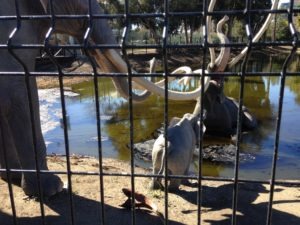


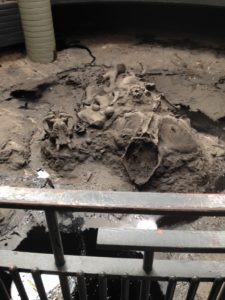
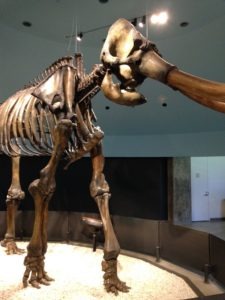
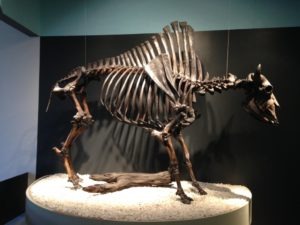
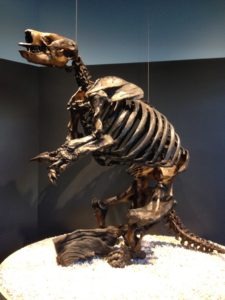

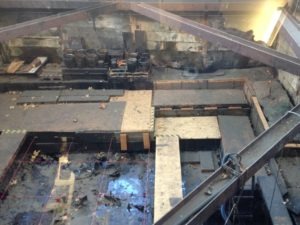
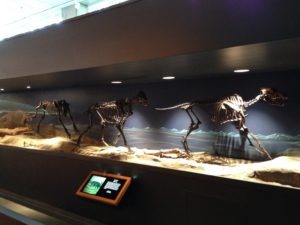
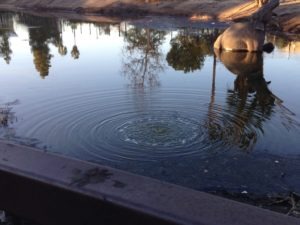

It has always surprised me at how close the museum is to neighborhoods. Smilodons have always fascinated me (I even have a Bone Clones skull replica) and the books by Mauricio Anton only fuel my desire to go to the actual site one of these days.
I also heard your interview with Chris Shelton about your vampire book and really enjoyed it. Its on my want list now. Its good to get scholarly works such as this and I hope more are in the future. Ghosts? Werewolves?
Thanks for the comment! Glad you enjoyed my interview! I have a few different ideas for a potential next book, and I’d like to continue exploring folklore. We’ll have to see how it progresses.